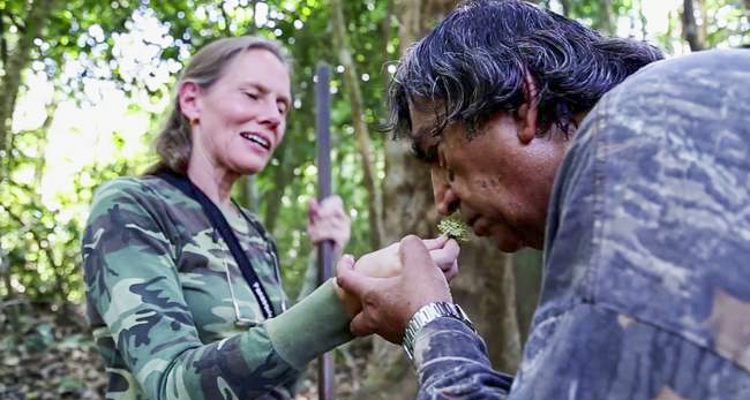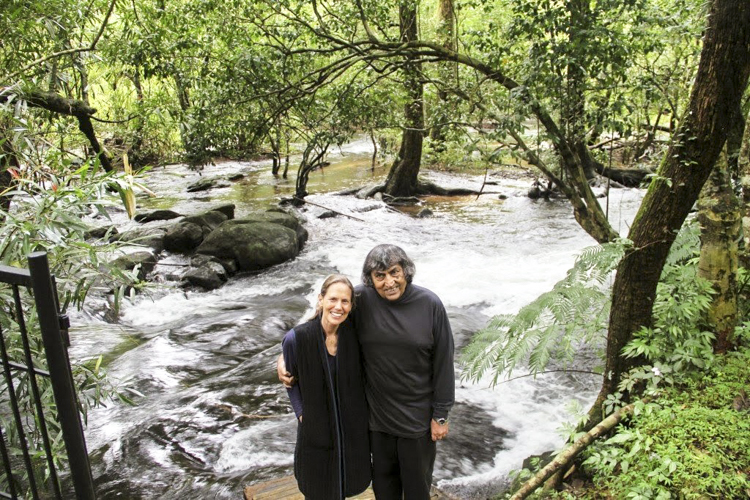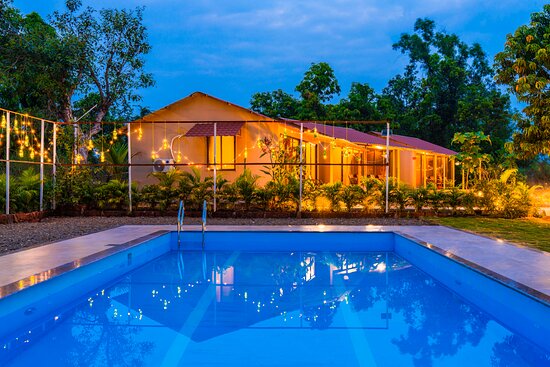BY: JESSICA BEUKER
In 1986 Anil and Pamela Malhotra ventured to India to attend the funeral of Anil’s father. They were horrified by the river pollution and deforestation in Haridwar, and couldn’t understand the general apathy towards the issue by locals. So they began to search for available land; after coming up short in North India, the couple began searching southward. In 1991, they found a 55-acre plot of land at the foothills of Brahmagiri, a mountain range in the Western Ghats of South India. It was there that they began to reclaim the forest.
The owner of the completely destroyed land had no problem selling, as he could no longer grow on it. The Malhotras saw this as an opportunity. “We were not looking for money. Early on, we realized that shortage of fresh water will be a concern for India and the rest of the world,” said Anil to the India Times. “Acquisition, protection and reclamation of forested lands and wildlife habitat, where vital water sources have their origin, is the only way to save ourselves.”
Unfortunately, landowners on the other side of the stream were still using pesticides for cultivation. But as soon as the land became useless to the owners and went up for sale, the Malhotras would buy it. “Once we bought the land, we allowed the forest to regenerate. We planted native species where necessary and allowed nature to take care of the rest,” said Anil to the India Times.
Another problem they ran into was poaching. Hunting and poaching are very big issues in India, and it wasn’t until a tiger killed a priest from a nearby temple that the Malhotras found a way to do something about it. After the incident, the villagers were very afraid, so the couple helped them rebuild the temple at a safer location but only on the condition that they would give up hunting and poaching. They also worked with the forest department to set up camera traps to keep poachers away.
Today, the Malhotras’ 55-acre barren plot of land has grown to become 300 acres of bio-diverse rainforest. Many animals, including rare and threatened species, such as elephants, tigers, leopards, deer, snakes and over 300 kinds of birds call this land home. There are also hundreds of indigenous trees and plants. The wasteland has been reborn and is now known as the Save Animals Initiative (SIA) Sanctuary—India’s first private wildlife sanctuary.
Guests are invited to come and stay at the two eco-tourist cottages on the land in order to help support the continuing efforts of the Malhotras. You can also meet the couple and see some of their amazing work in the short video below.
Image sources: 5dnews.com, shwetabhmathur.in





